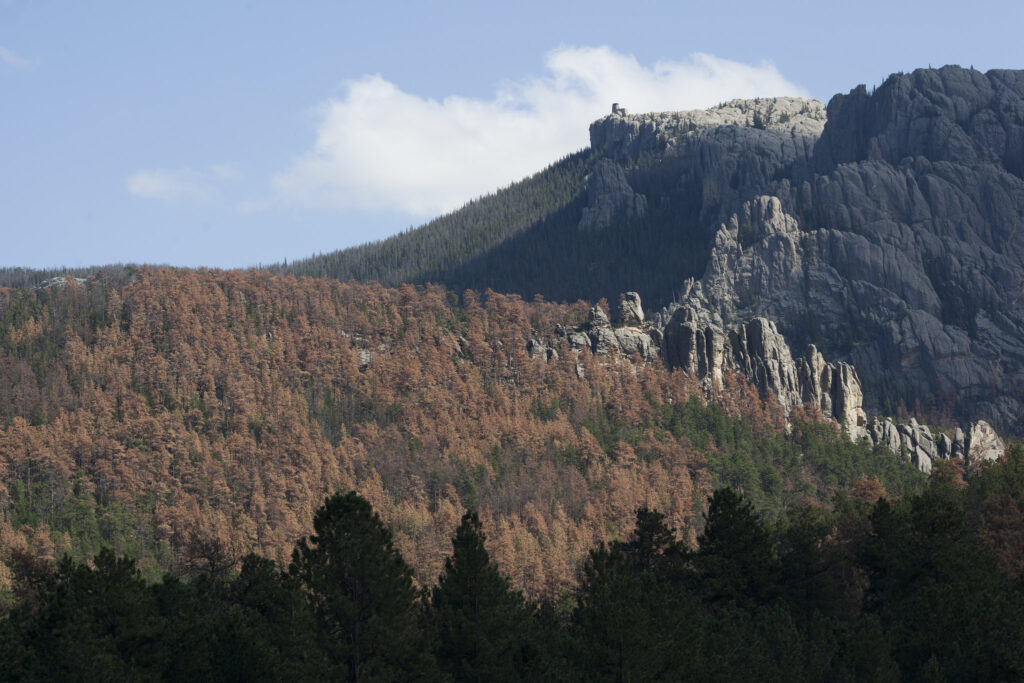Wildfire, pests, and disease are landscape-wide forest threats that must be addressed at the landscape scale. Improvements to Good Neighbor Authority will help state, local, tribal, and federal agencies work together—across boundaries—to tackle these threats with active forest management.
WASHINGTON—The National Association of State Foresters is proud to support legislation introduced by Idaho lawmakers Senator Jim Risch and Congressman Russ Fulcher to improve Good Neighbor Authority (GNA), a tool state forestry agencies have used to improve the health and resilience of federal lands since first authorized by Congress in 2014.
“GNA allows the USDA Forest Service to enter into agreements with state forestry agencies to implement critically important management work that wouldn’t happen otherwise,” said Greg Josten, NASF president and South Dakota state forester. “It is simply good government for forest management to be undertaken in the most timely and cost-efficient manner, and GNA helps us do that—nationwide, across boundaries, and for the greatest good.”
The Treating Tribes and Counties as Good Neighbors Act would build on previous improvements made to GNA by allowing tribes and counties to retain GNA timber sale receipts. It would also lift a restriction added in the 2018 Farm Bill that required GNA receipts to be spent on federal lands. This restriction has limited GNA forest management on state, local, and tribal lands immediately adjacent to national forests.
“The health of non-federally owned forests is essential to the health and productivity of national forests. Limiting management work that should be landscape-wide to within arbitrary property lines has very little mitigating effect on forest threats like wildfire, pests, and disease that don’t heed ownership boundaries,” said Jay Farrell, NASF executive director. “Congress’ intent was for GNA to enable state, local, and tribal agencies to tackle cross-boundary projects that benefit all lands, and in particular, federal lands. This bill is not only in agreement with that vision, it would enhance cross-boundary, landscape-scale forest management at a time we need it most.”
Media Contact: Whitney Forman-Cook at wforman-cook@stateforesters.org

The photo above was taken in Sylvan Lake, South Dakota. Much of the landscape of the Black Hills has been affected by mountain pine beetles. Next door in Wyoming, several GNA projects are reducing wildfire risk and mountain pine beetle damage with timber sales on Wyoming and Bureau of Land Management lands. More information on current GNA projects is available here on our website.

